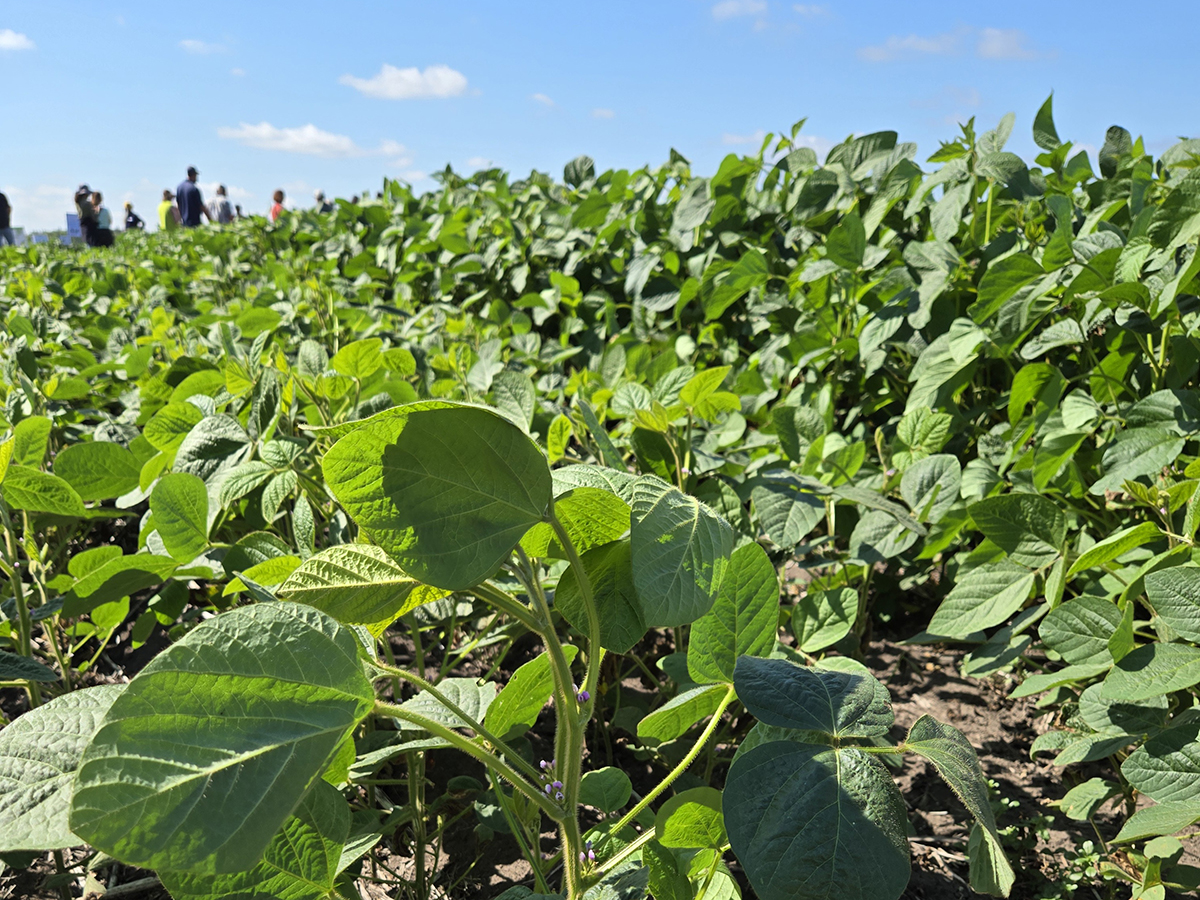The Pest Management Regulatory Agency is making so much money through cost-recovery user fees that the federal government won’t let the agency keep it all, says PMRA executive director Karen Dodds.
She told MPs on the House of Commons agriculture committee that since the agency has greatly expanded the number of crop protection products it is assessing and approving, fees from applicant companies have gone up.
But the federal government has capped the amount of money the agency can earn from user fees at $8 million.
Read Also

Spider mites big soybean problem this season
Spider mite issues have been geographically limited but significant where they occur, said John Gavloski, an entomologist with Manitoba Agriculture.
“What the government does through the estimates is set a cap, which is the amount of cost recovery fees that we keep in our budget,” she said.
“Last fiscal year and this fiscal year is the first time in our history we’ve gone above that and it’s primarily due to more submissions coming in.”
In the fiscal year that ends March 31, the agency is booked to receive $44.7 million from government and $8 million from cost recovery. PMRA officials did not provide by press time a figure on how much the agency was returning to the central treasury in excess revenue.
Dodds hinted that PMRA may make a pitch to government to change the rule.
Liberal agriculture critic Wayne Easter said the Commons committee should consider recommending that all user fee revenue be retained by the agency if that allowed it to reduce costs to farmers.
“We need to consider whether to make a recommendation that the money at least, if it’s there, go back to where it would lower the cost to industry in some fashion rather than go into general revenue,” he said. “This is money that, one way or the other, is coming directly out of farmers’ pockets.”
He said farmers complain that PMRA costs are higher than farmers in other countries face from their pesticide regulators.
Dodds said the fact that user fee revenues exceed the cap does not mean user fees are excessive. It simply reflects that increased efficiency means more product applications are scrutinized and fees charged.
“I don’t think we can conclude that there’s more cost recovery fees than is necessary,” she said.
“(But) we are certainly cognizant of the fact that in this area, there is a strong likelihood that fees put upon the registrants are then passed on to those who are buying the products.”














